Description
This is a miniature size of the Easter Egger™ Standard chicken. We do not offer a specific color variety of this breed, however we do breed for a wide range of mixed colors in the feathering. The natural colored eggs vary from shades of blue, green, and a few brownish/pink eggs. A great breed for backyard enjoyment and natural colored eggs to eat. The Easter Egger™ bantam chicken is a great broody mother for hatching out babies and a great all around hobby backyard chicken.
For a list of the best blue egg layers visit Cackle Hatchery’s Best Blue Egg Layers Blog.
Check out our blog “Easter Egger Bantam Chickens in the Spotlight”
Many people who like this breed of chicken also like the standard version of the breed, the Easter Egger™ Chicken
NOTE: It should be noted that this breed has an inherent genetic beak issue. 1 out of 100 chicks as they grow may have some variance in severity of scissor beak/cross beak. This can be best described when the top and bottom beak do not align and this condition normally will get worse as they grow. You can find more information about this issue on our Cackle Hatchery blog. There are numerous articles and information on the Internet on this subject. Also most Easter Egger™ chickens don’t inherit the lethal alleles from their parents unlike a lot of Araucana chickens.
Availability
Available Low Availability Unavailable
| Date |
Available? |
| 2026-02-02 |
|
| 2026-02-03 |
|
| 2026-02-04 |
|
| 2026-02-09 |
|
| 2026-02-10 |
|
| 2026-02-11 |
|
| 2026-02-16 |
|
| 2026-02-17 |
|
| 2026-02-18 |
|
| 2026-02-23 |
|
| 2026-02-24 |
|
| 2026-02-25 |
|
| 2026-03-02 |
|
| 2026-03-03 |
|
| 2026-03-04 |
|
| 2026-03-09 |
|
| 2026-03-10 |
|
| 2026-03-11 |
|
| 2026-03-16 |
|
| 2026-03-17 |
|
| 2026-03-18 |
|
| 2026-03-23 |
|
| 2026-03-24 |
|
| 2026-03-25 |
|
| 2026-03-30 |
|
| 2026-03-31 |
|
| 2026-04-01 |
|
| 2026-04-06 |
|
| 2026-04-07 |
|
| 2026-04-08 |
|
| 2026-04-13 |
|
| 2026-04-14 |
|
| 2026-04-15 |
|
| 2026-04-20 |
|
| 2026-04-21 |
|
| 2026-04-22 |
|
| 2026-04-27 |
|
| 2026-04-28 |
|
| 2026-04-29 |
|
| 2026-05-04 |
|
| 2026-05-05 |
|
| 2026-05-06 |
|
| 2026-05-11 |
|
| 2026-05-12 |
|
| 2026-05-13 |
|
| 2026-05-18 |
|
| 2026-05-19 |
|
| 2026-05-20 |
|
| 2026-05-25 |
|
| 2026-05-26 |
|
| 2026-05-27 |
|
| 2026-06-01 |
|
| 2026-06-02 |
|
| 2026-06-03 |
|
| 2026-06-08 |
|
| 2026-06-09 |
|
| 2026-06-10 |
|
| 2026-06-15 |
|
| 2026-06-16 |
|
| 2026-06-17 |
|
| 2026-06-22 |
|
| 2026-06-23 |
|
| 2026-06-24 |
|
| 2026-06-29 |
|
| 2026-06-30 |
|
| 2026-07-01 |
|
| 2026-07-06 |
|
| 2026-07-07 |
|
| 2026-07-08 |
|
| 2026-07-13 |
|
| 2026-07-14 |
|
| 2026-07-15 |
|
| 2026-07-20 |
|
| 2026-07-21 |
|
| 2026-07-22 |
|
| 2026-07-27 |
|
| 2026-07-28 |
|
| 2026-07-29 |
|
| 2026-08-03 |
|
| 2026-08-04 |
|
| 2026-08-05 |
|
| 2026-08-10 |
|
| 2026-08-11 |
|
| 2026-08-12 |
|
| 2026-08-17 |
|
| 2026-08-18 |
|
| 2026-08-19 |
|
| 2026-08-24 |
|
| 2026-08-25 |
|
| 2026-08-26 |
|
| 2026-08-31 |
|
| 2026-09-01 |
|
| 2026-09-02 |
|
| 2026-09-07 |
|
| 2026-09-08 |
|
| 2026-09-09 |
|
| 2026-09-14 |
|
| 2026-09-15 |
|
| 2026-09-16 |
|
| 2026-09-21 |
|
| 2026-09-22 |
|
| 2026-09-23 |
|
| 2026-10-05 |
|
| 2026-10-06 |
|
| 2026-10-07 |
|
| 2026-10-12 |
|
| 2026-10-13 |
|
| 2026-10-14 |
|
| 2026-10-19 |
|
| 2026-10-20 |
|
| 2026-10-21 |
|

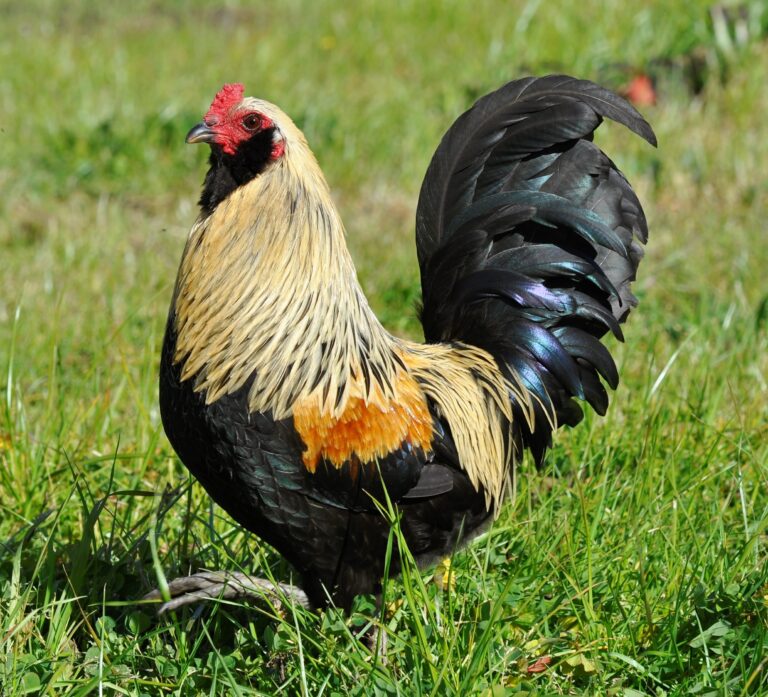
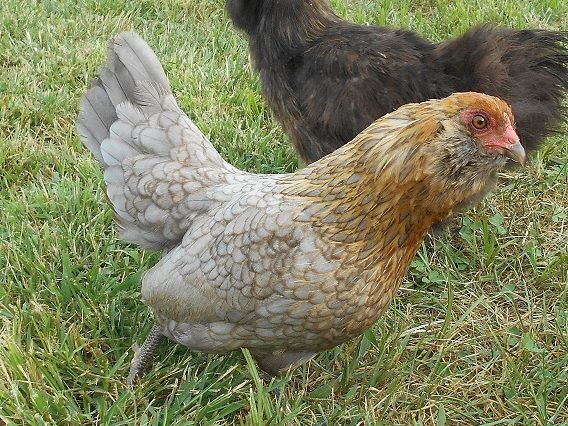
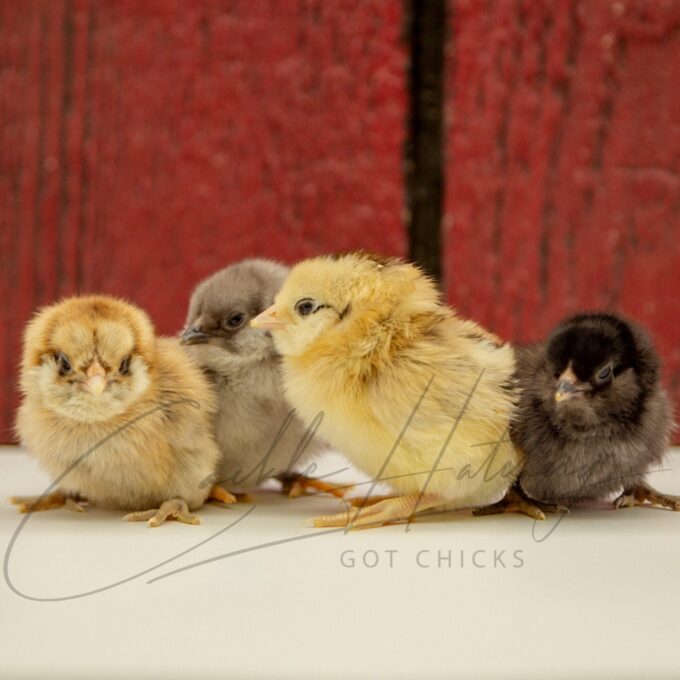
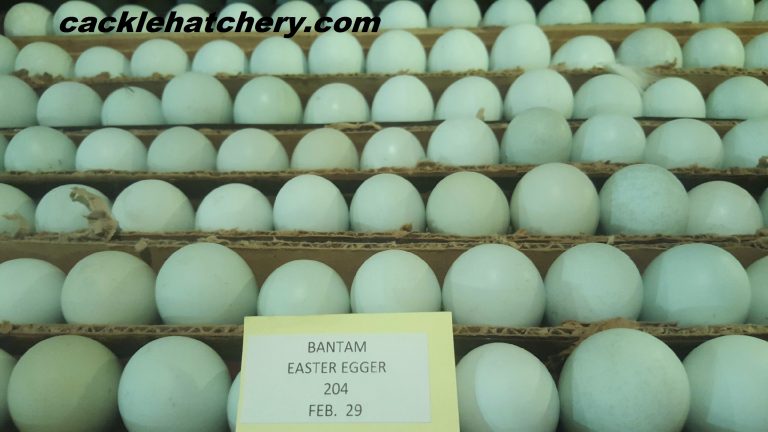
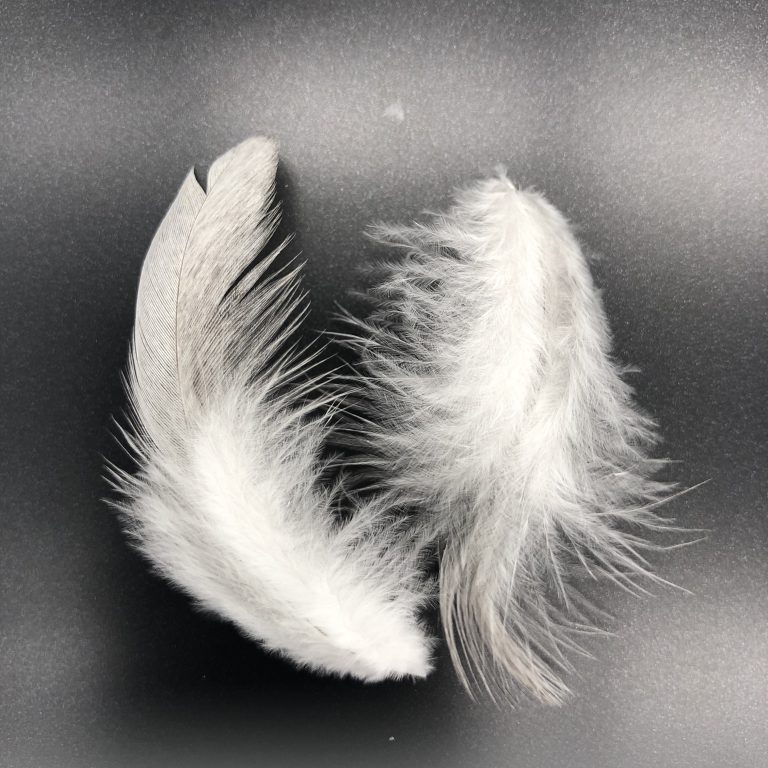
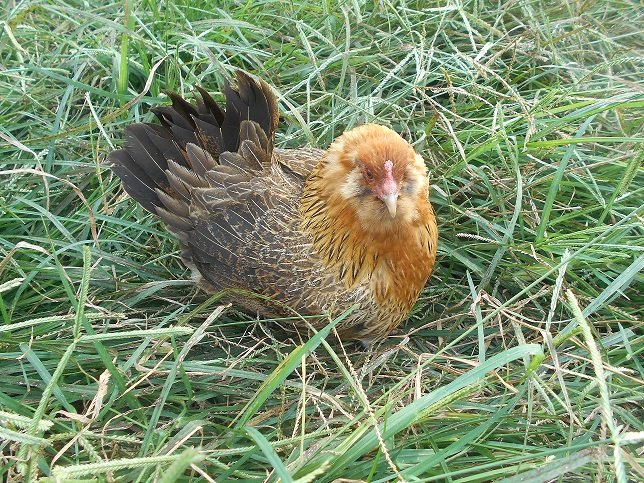
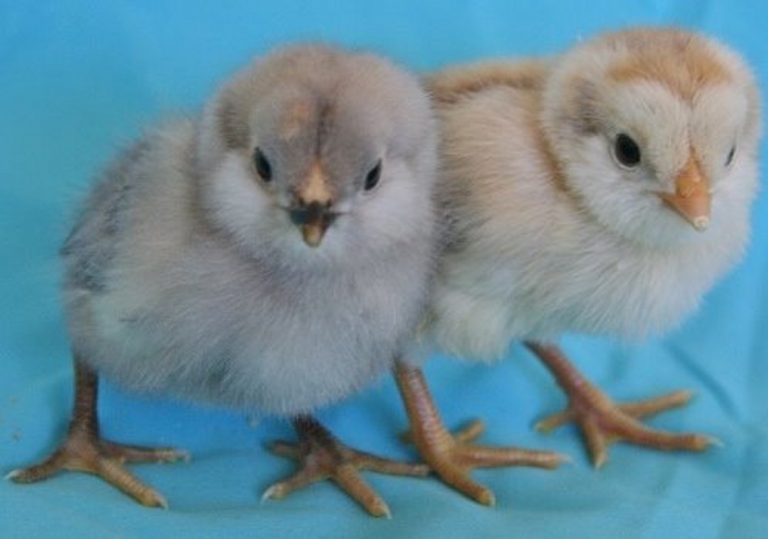
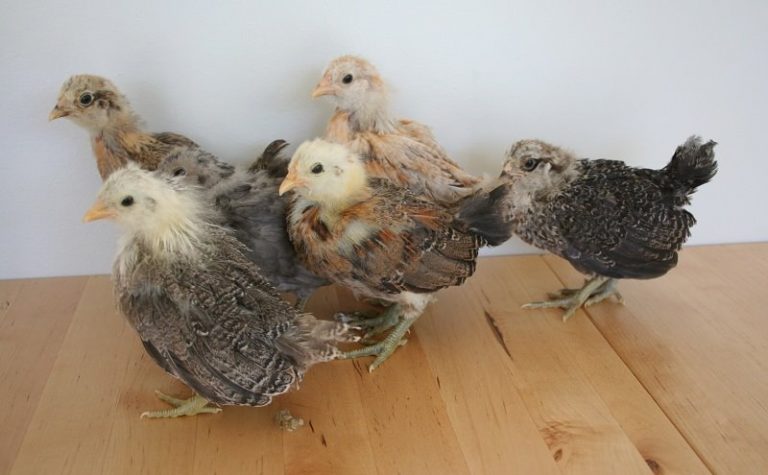
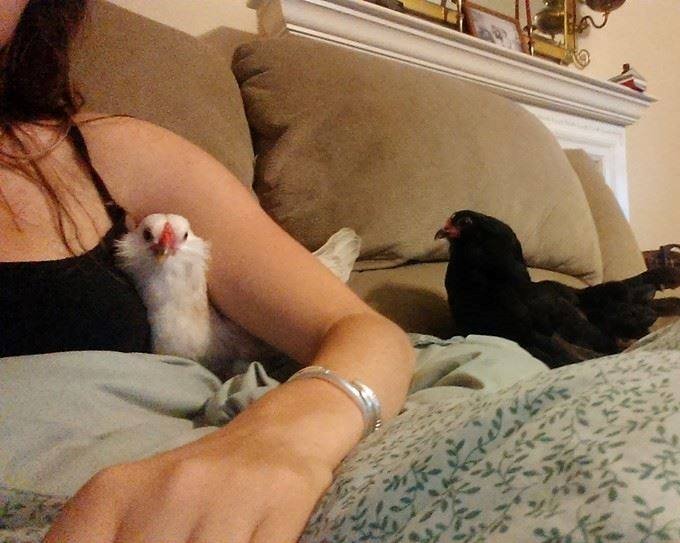
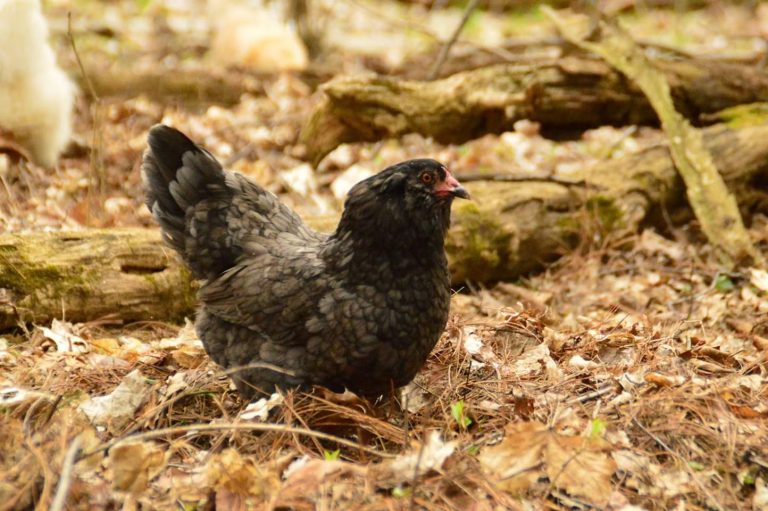
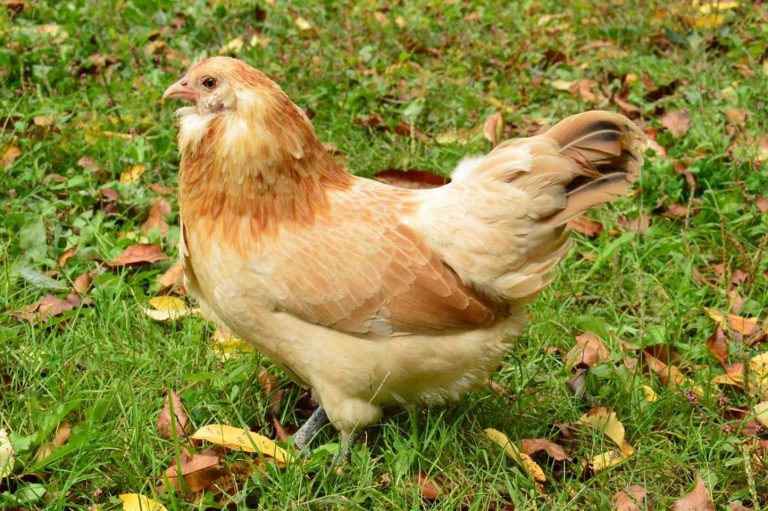
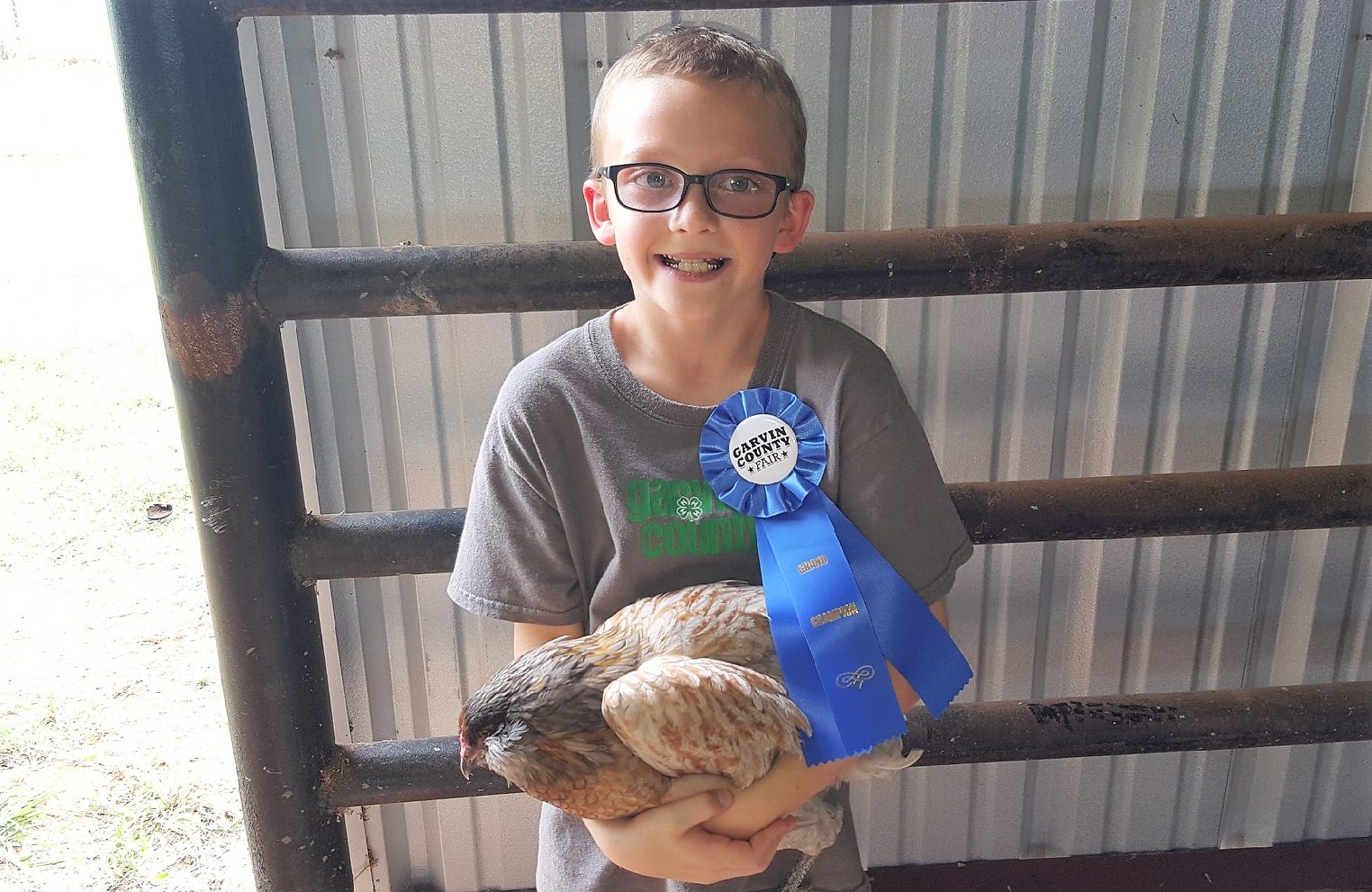
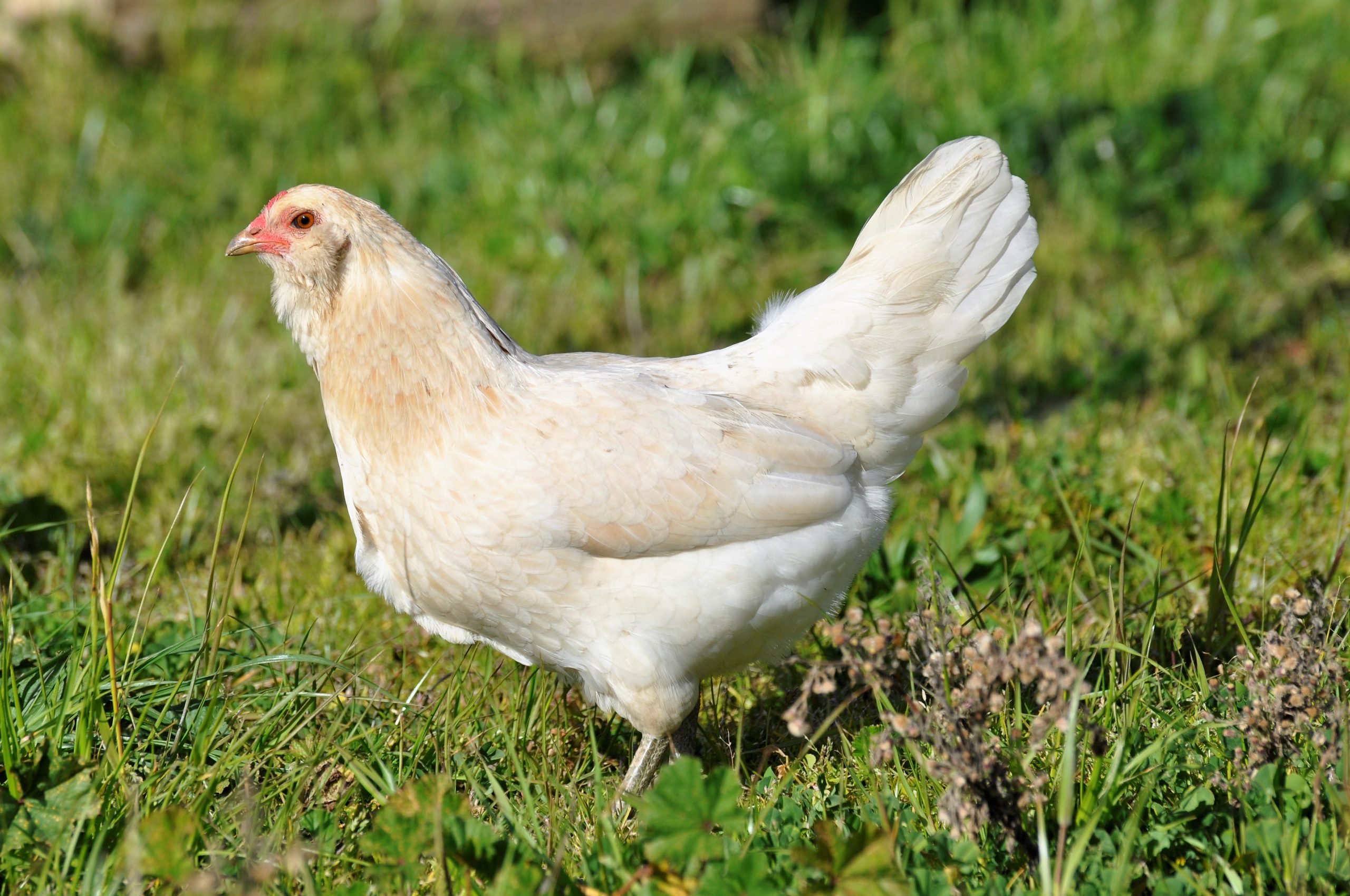
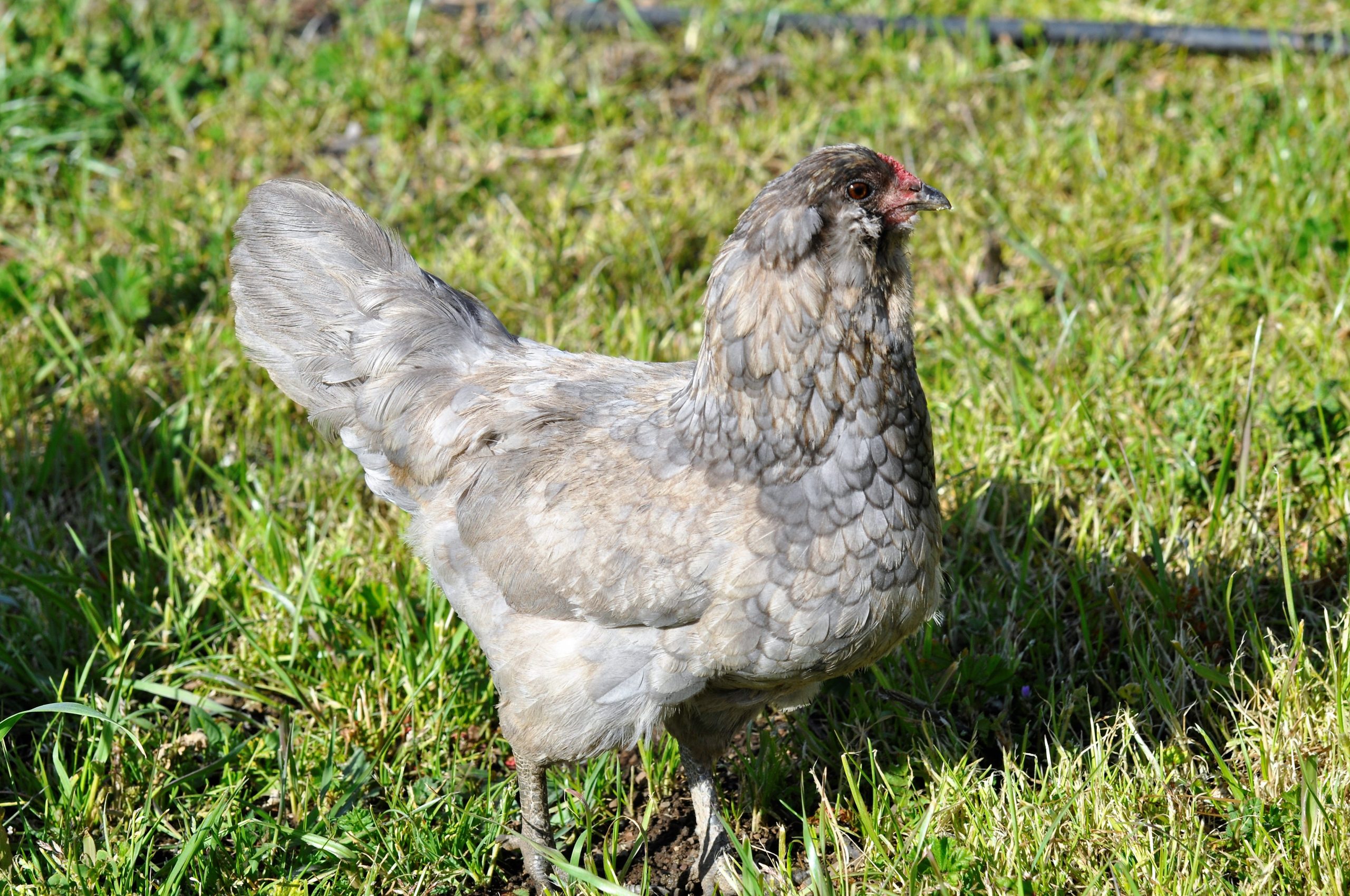
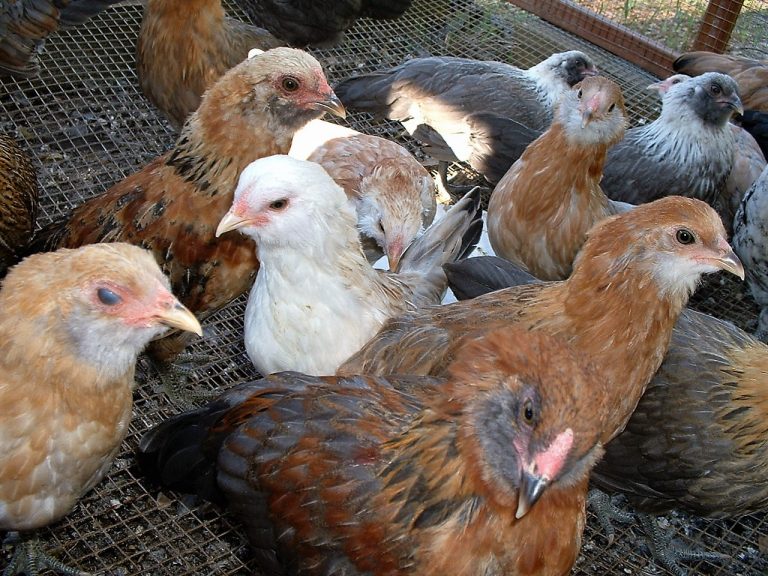
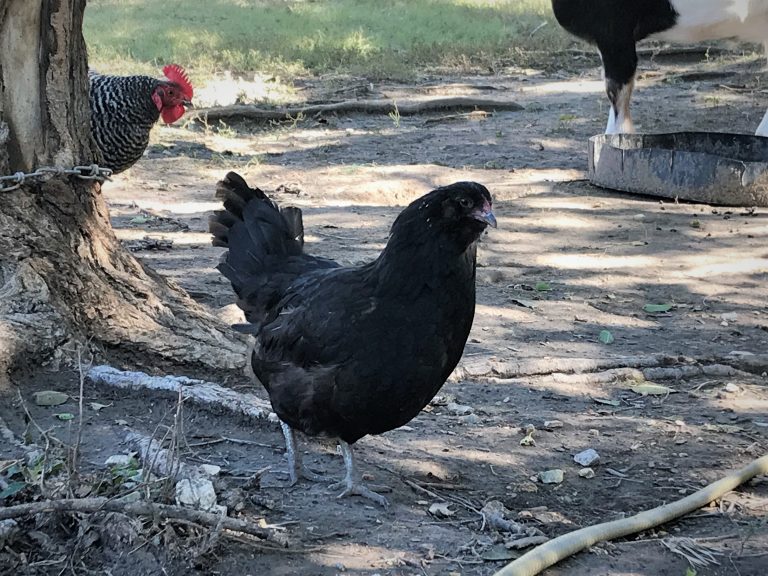
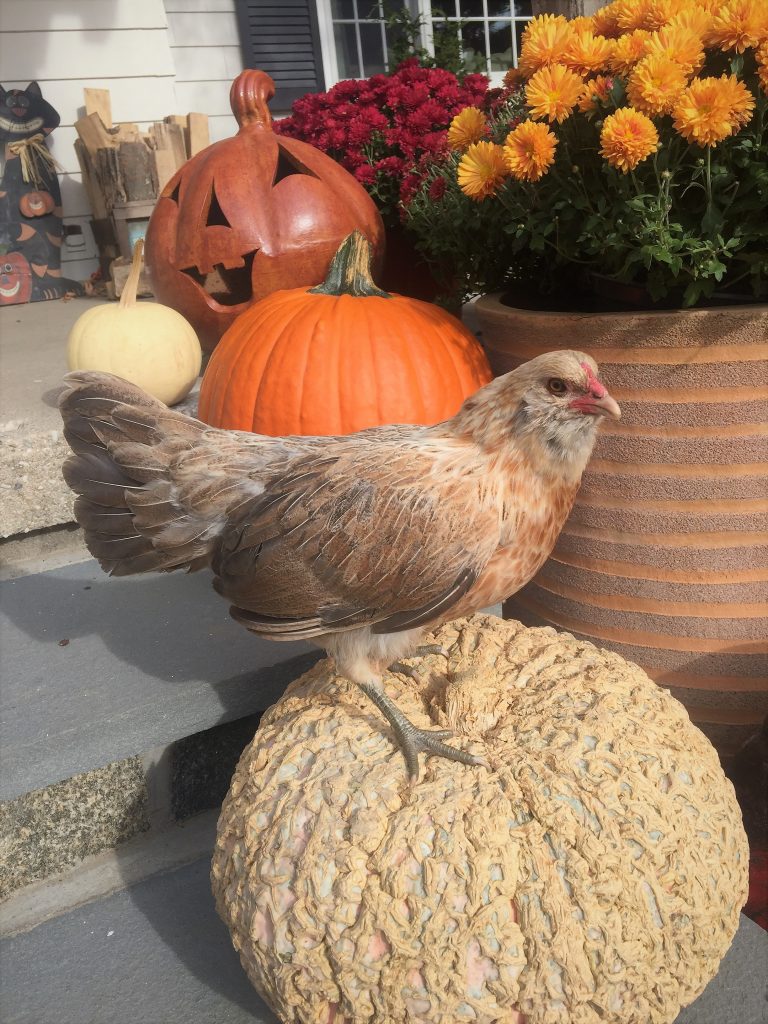
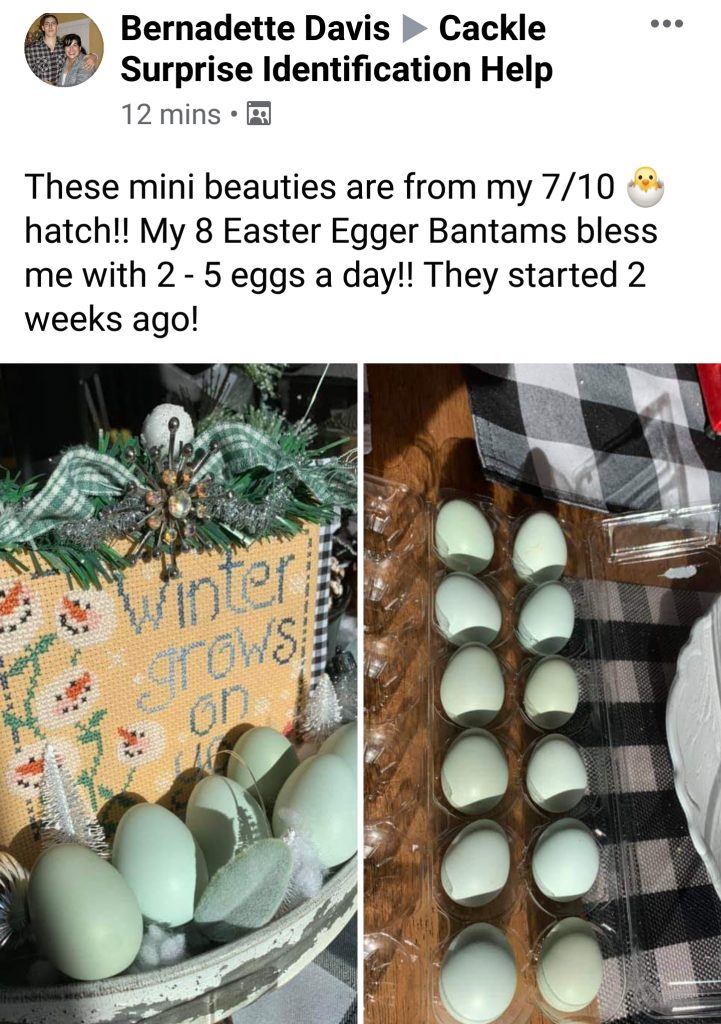
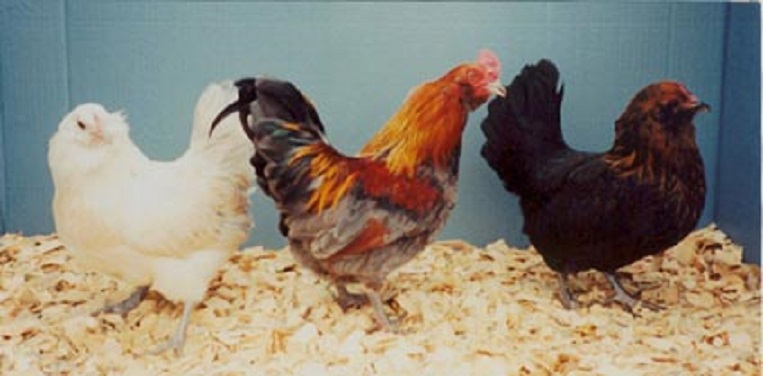
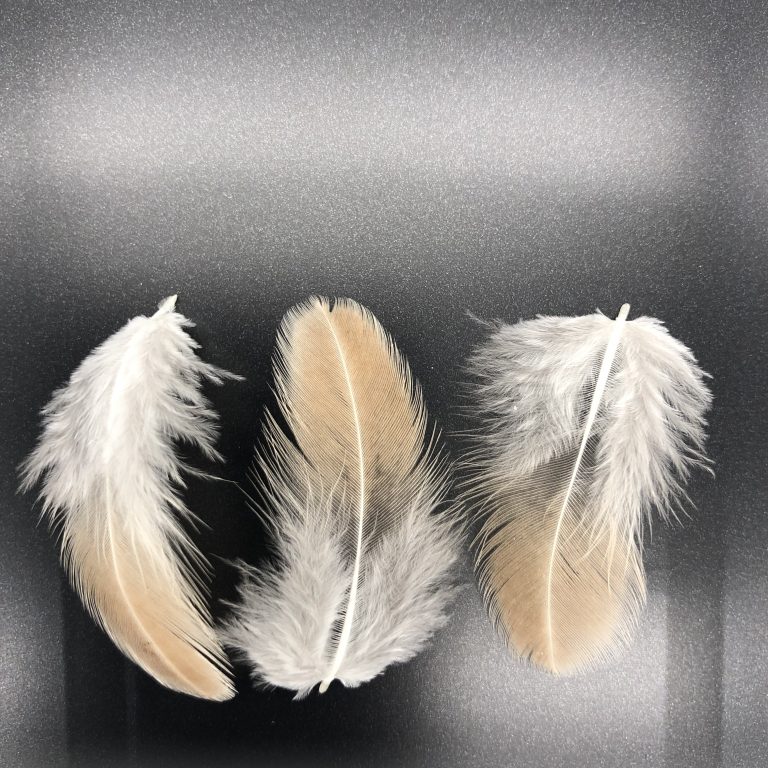
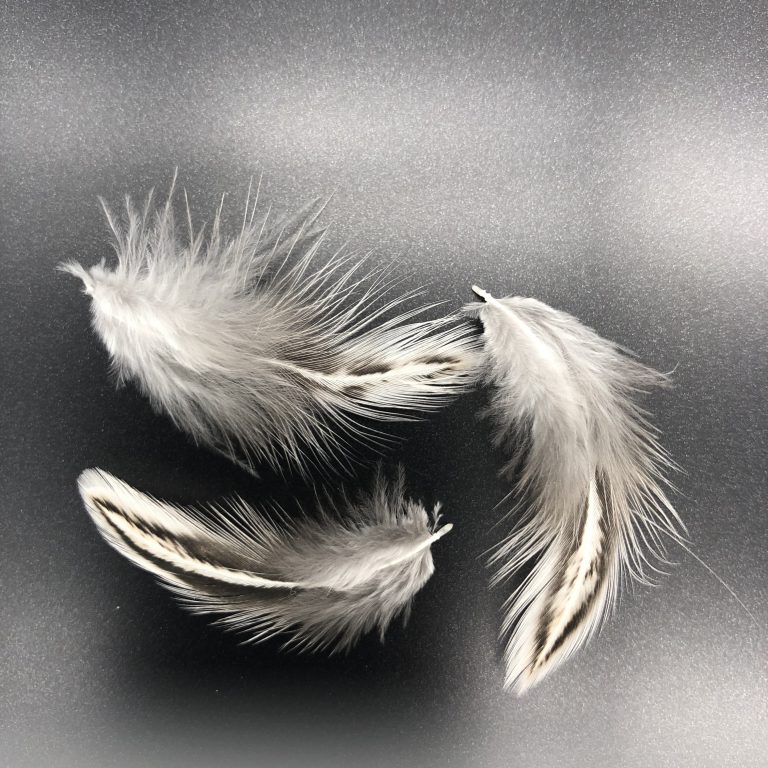
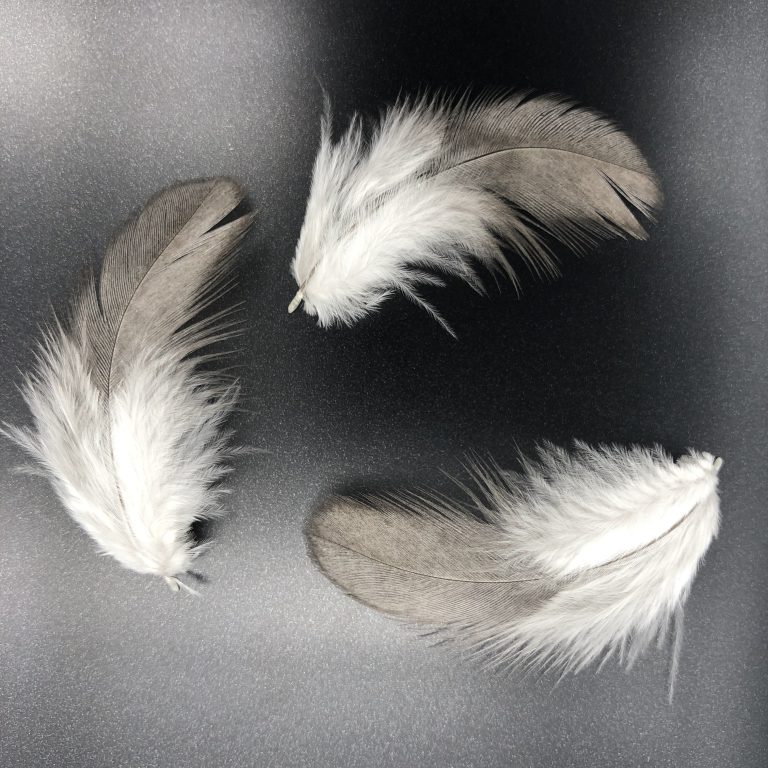
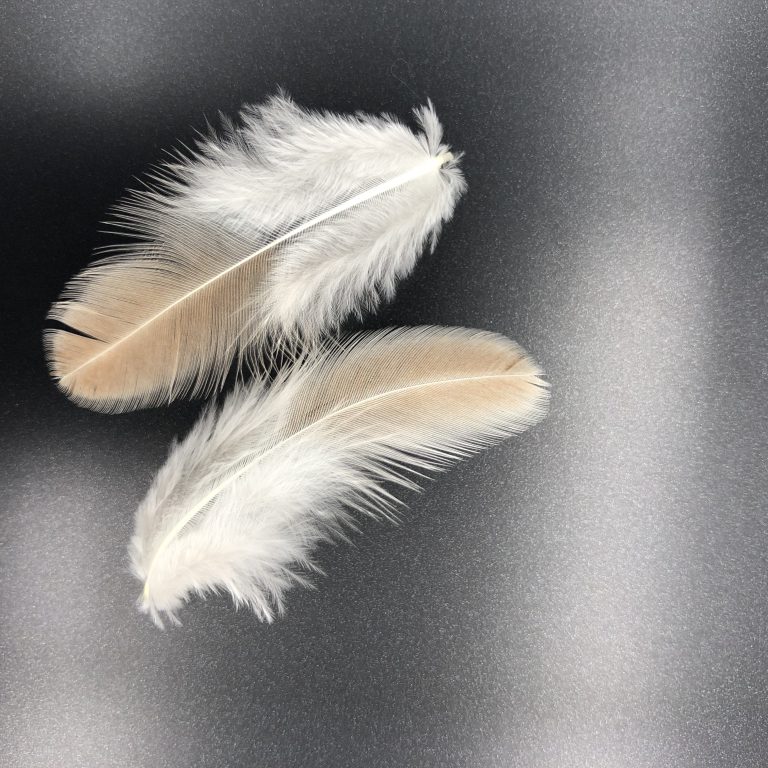
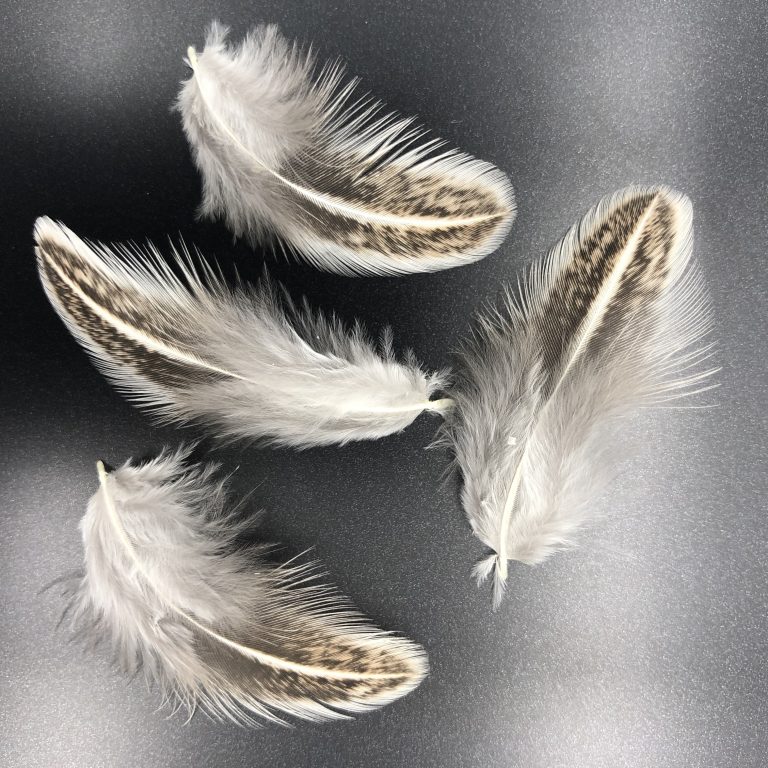
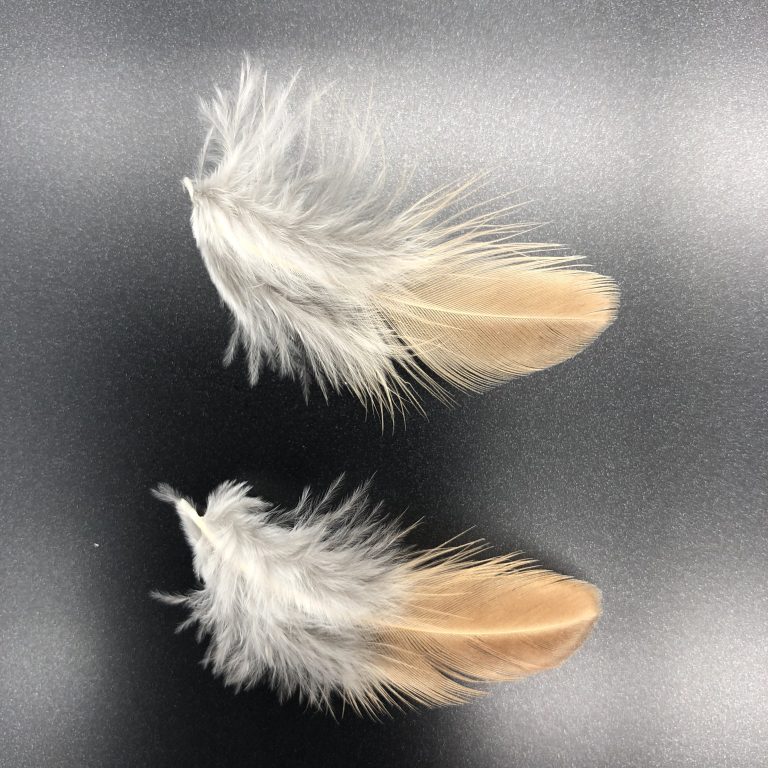
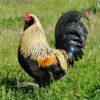
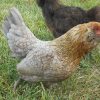
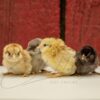
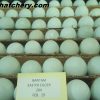

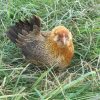
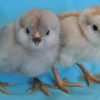
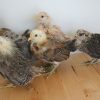
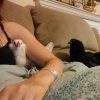
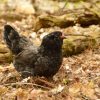
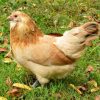

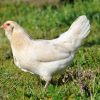

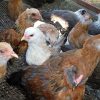
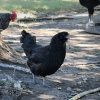
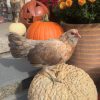
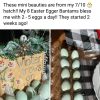
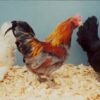






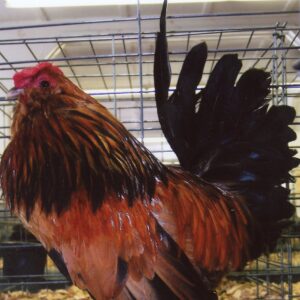

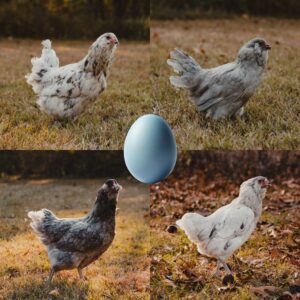
Adrian Uridel –
The females of these are quite charming, chatty and with a wide range of colors – some were a bit skittish but others extremely friendly, and they look more like real ameraucanas than a lot of “easter eggers” do. However, the males (i had 4 out of the 9 chicks i received) were very aggressive from an early age, chasing the hens and pulling feathers out. I didn’t keep them long enough to find out if they would be human-aggressive but they were antisocial and high-strung and caused a lot of stress in the flock before I removed them.
So, if you’re prepared to dispose of the boys, these are fine – but I wouldn’t recommend them if you care about personality much. I would give 3 or 4 stars for the hens alone but the males were just too obnoxious.
Cassie Wood –
I ordered my first batch of five, and was sent 7. All but one died within 48 hours. They all exhibited symptoms of failure to thrive. One after another they became lethargic, developed a dumpy disposition, held their wings out, heads started to droop, and acted like they were struggling to breath. Honestly all the Easter eggers that I was sent seemed to be a weak hatch of chicks. I had another breed of bantams shipped at the same time with the Easter eggers and they all were very active and did not have the issues like the Easter eggers and were very healthy. The one Easter egger that did survive is a sweet little peachy faced tan and light grey hen. After losing all but one of the chicks over the weekend after receiving on Friday morning, I contacted cackle hatchery first thing Monday morning about losing all the chicks so suddenly, and they did send replacements of all the chicks I lost. I was very thankful for receiving the replacements up until recently. The replacement chickens are about 11-12 weeks old now. I was sent six replacement chicks and it has ended up that five of the six are roosters. All five are crowing and growing sickle and saddle feathers. Out of receiving a total of 13 Easter eggers, I now have two chickens of the 13 which are the only hens. I ordered this breed because they are good layers for bantams. I know they are sold as a straight run and roosters are a possibility, which I planned a head for this knowing it’s basically luck of the draw. I was thinking/hoping that I would be rehoming a few roosters and having 3-4 hens for egg laying. I cannot have roosters in my area if residence, but even if I could, there were far too many roosters in ratio to the hens to keep without rehoming or culling.
Disappointed that I have two chickens left out of receiving a total of 13-14 and had to give away almost all the replacement batch that I was sent.
Michelle Groover –
Too much of a good thing. I have had these bantam Easter eggers for two years now. They arrived healthy and I haven’t had an issue with chicks from cackle and I initially loved these chickens. They laid so extremely well with the prettiest blue eggs that were surprisingly larger for a bantam. Particularly for the hens in their second lay season. The chickens themselves were beautiful and i really raved about them and sold chicks because they seemed like the best bantam chicken one could have due to their small size yet laid so well compared to any bantam breed I have had. Like with most chickens, the eggs tend to be larger after the first year. I started having issues with my bantam hens with prolapsed vents. I have had bantams and standards for years and it was the first time I had run into a prolapsed vent but when I looked into it, it seems to be one of those things that happens that chicken owners will deal with at some point. But then more bantam hens started having issues. They still laid a large number of eggs but their poor vents were in awful shape and they would just have fecal matter seeping at all times. Some fully prolapsed and I immediately culled and some only partially but after trying many methods of treatment they were also culled because it seemed miserable to let them live like that especially in the hot summer. By that point I had chicks that I had hatched but no adult hens because every single Easter egger bantam hen I owned had prolapsed vents to some degree. Both the original chicks I purchased and the next generation from breeding them. I have not had any vent issues from any other chicken I had (multiple breeds, including bantams). Torwards the end of struggling with the bantams I was thinking it had to be the breed and they were laying too often and too large for that breed. I tried free ranging some so that they weren’t potentially over eating layer feed. Didn’t help. But I brought the few chicks left I had to my new house and raised them and had two hens. Had. Because after about a month of laying I started noticing their vents were starting to look concerning (I noticed the droppings caking around their bottoms so I picked them up to look). One started to look ill and died to unknown causes and I know that could have been a number of non related issues. The other one eventually became egg bound. I tried helping her but the egg was the size much to large. I opted to cull her because there was no way that her vent was going to fully recover after that even if she could expel it. I like my other cackle birds but I cannot recommend this breed. It started out well but it HAS to be this breed. No issues with any of my others. Every single EE bantam hen had this issue. Otherwise I might have bred for the hens with smaller more appropriate sized eggs and without the vent issues. I’m done with this breed and I hope that the people that I sold chicks to don’t have this problem but I’m concerned and I wasted time and money on a flock that I believe do not have good genetics since none of the hens could make it long without prolapsed vents and none of my other chickens, even bantams, had this issue. It’s strange to complain of too many or too big eggs but these little birds just aren’t made for that.